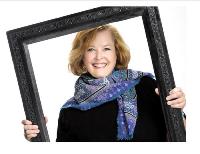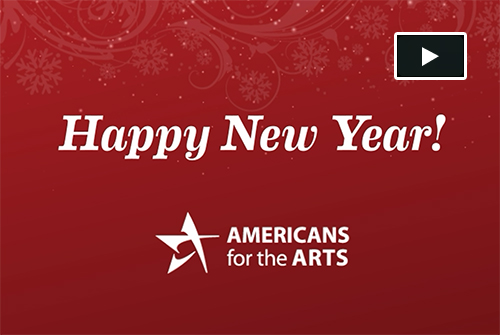
Ms. Laura Bruney
8 Tips for Courting Influencers the Art Basel Way (from the pARTnership Movement)
Posted by Dec 20, 2012

Ms. Laura Bruney
 Laura Bruney
Laura Bruney
The 2012 edition of Art Basel Miami Beach, which ended on December 9, featured the perfect marriage of arts and business. Hundreds of high-end companies hosted private parties; pop up exhibitions and roving ads on cars, carts, and even people. Millions of dollars in art sales, restaurant meals, hotel rooms, and luxury car rentals exchanged hands.
This year’s massive six-day extravaganza featured thousands of the world’s top galleries showcasing art work worth more than $2.5 billion. The growing economy and booming arts market translated into sales for the week that exceeded $500 million.
The Basel spinoffs included 22 satellite fairs that converted Miami into a rambling art lovers paradise. From South Beach to Wynwood, from North Miami to Coral Gables, from Pinecrest to South Dade—there were museums, galleries, and unique spaces featuring thousands of works of art, special events, and cultural happenings.
Corporate marketing executives took notice. The way brands connect with consumers takes many forms. Partnering with an event like Art Basel and the related activities provides the opportunity for direct contact with new customers.
Hundreds of companies were looking to capture the attention of the 500,000+ arts aficionados that descended on Miami and Miami Beach for the week. Brand managers rented museums, galleries, warehouses, gardens, and clubs to showcase their products in an artsy atmosphere.
Read More



 Amelia Northrup
Amelia Northrup

 Jenifer Thomas
Jenifer Thomas








